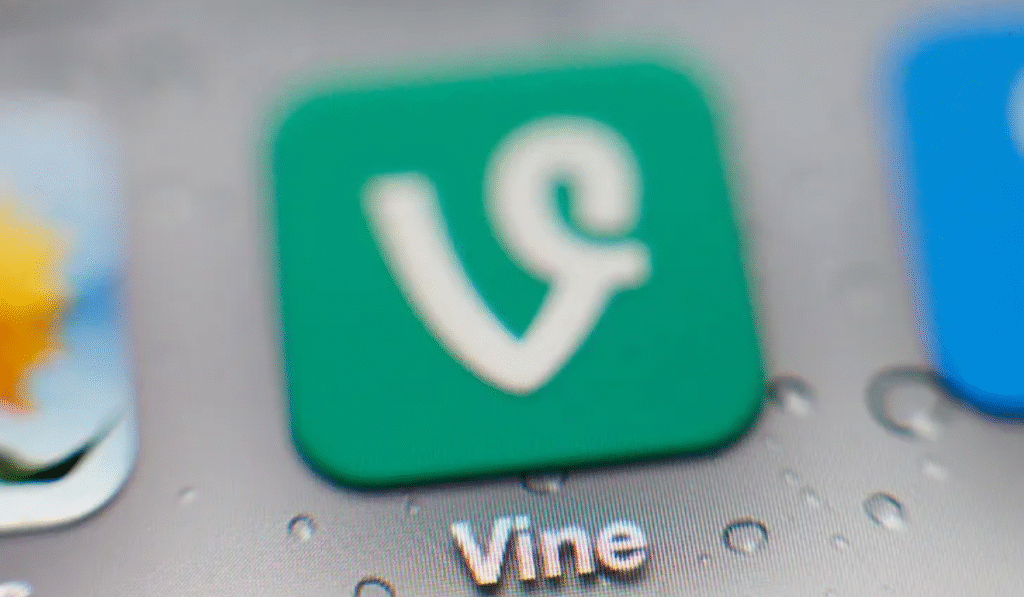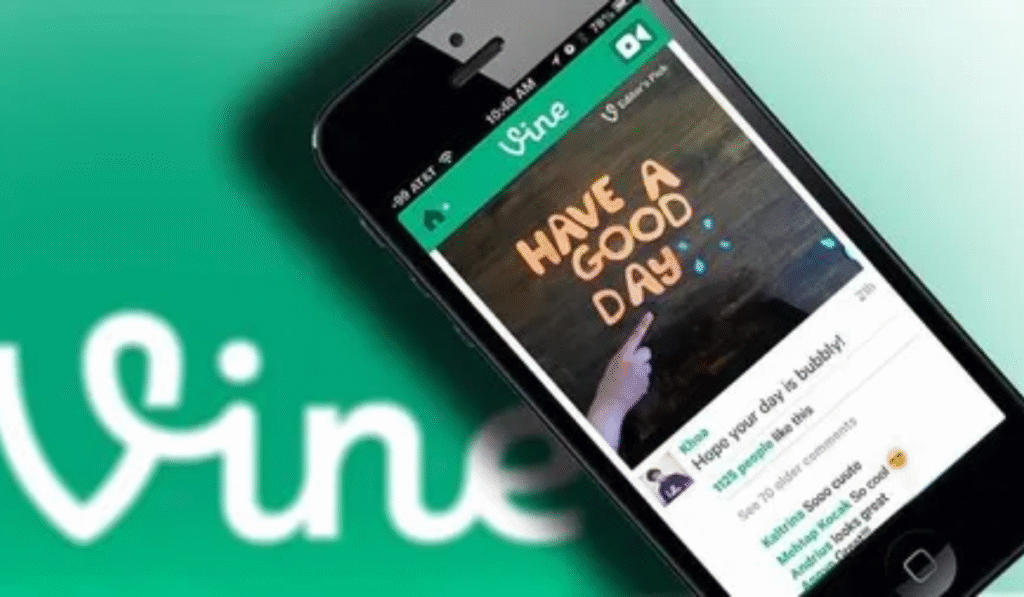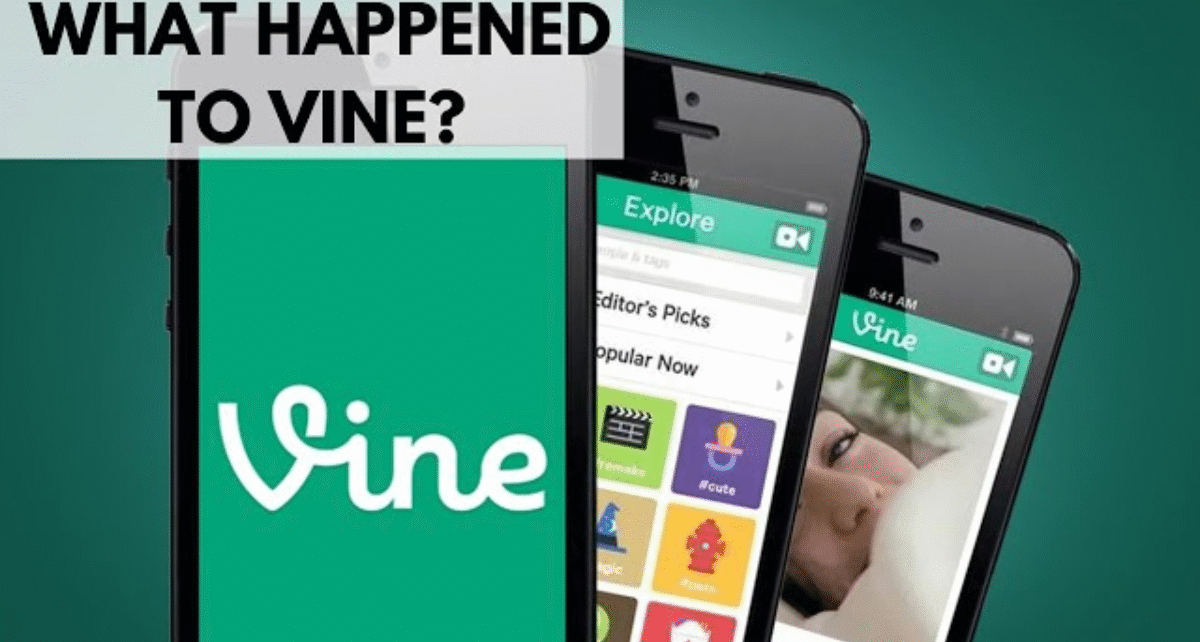At the beginning of the decade, the internet was flourishing with creativity in short-form video content. Vine was one of the important pioneers in this revolutionary step. A six-second looping video platform shook the way people consumed entertainment. However, despite its huge numbers and cultural significance, Vine has still met an untimely end. This article will get behind the mystery of what happened to Vine and why it was abruptly shut down and map out today’s social media landscape via its heritage.
The Birth of a Revolution in Six Seconds: Vine
Vine was founded in June 2012 by Dom Hofmann, Rus Yusupov, and Colin Kroll and was based on a concept that was simple but revolutionary: enabling users to create and share short, six-second looping videos. At a time when YouTube reigned supreme for long-form content, Vine suddenly offered something quite different. It was quick, bite-sized, and could be enjoyed indefinitely.
Recognizing its potential, Twitter acquired Vine in October 2012, months before it was officially launched, at a reported price of around $30m. What Happened to Vine The app was officially released to the public in January 2013, and within a few months, it was a global phenomenon.
Why Vine Was So Popular

Before investigating what happened to Vine, it is important to understand how successful it was. The app’s popularity stems from a few reasons:
Simplicity and Creativity
With the six-second limit of Vine, creators had to be inventive. Users made ingenious tales in seconds, ranging from comedy sketches to stop-motion art. This simplicity has become addictive for both creators and audiences.
Viral Potential
The continuous loop format had all videos replay automatically, increasing engagement levels and the likelihood of videos going viral. Memes, dance trends, and short comedic bits spread like wildfire.
A Launchpad for New Celebrities
Vine also created ordinary people into extraordinary celebrities. Many influencers who are popular today, like Logan Paul, Shawn Mendes, Lele Pons, King Bach, and Zach King, all developed a career on Vine and branched out into YouTube and Instagram.
Integration with Twitter
Integration was easy between Vine and Twitter since both platforms were owned by Twitter. Sharing Vines on Twitter timelines allowed Vines to reach a huge audience in a very short time period.
Read more: How Much Protein Do I Need | www ipcainterface.com
The Peak of Vine’s Popularity
By the end of 2014, there were well over 200 million active users of Vine. It was one of the most popular and downloaded apps on both iOS and Android. The short-form content trend had exploded into other apps and websites, namely Instagram, which began introducing its own video features. Vine’s impact on internet humor, memes, and trends was unrivaled.
However, behind the scenes, things were starting to crack and lead to what ultimately happened to Vine.
The End is Here
What Happened to Vine? What happened to such a popular and unique part of our culture that it simply went away?
Competition from Other Platforms
The largest factor that contributed to Vine’s decline was competition. When Instagram debuted 15-second videos in 2013, people came flocking to Instagram (along with advertisers). Further, Snapchat became popular when it introduced quick and easy videos.
Vine has failed to introduce more ideas and stay relevant. It seemingly became stagnant by not addressing the need to expand its six-second limit, ultimately losing its relevance to changing video formats.
Lack of Monetization
While YouTube had a monetization model that involved revenue sharing from ads, Vine lacked any credible method of monetization, which often led to frustration from its most prominent creators who could generate millions of views on the platform with no sustainable way to monetize that viewership. To that end, top Viners many left the platform for YouTube and Instagram, where they could monetize their views through ads or sponsorships.
Loss of Engagement
Because of these changes to the platform, an inevitable pattern began to emerge as audience engagement began to decline, and popular creators began to leave the platform. As users became familiar with new and more exciting types of content, the user base began to decline rapidly. This decline in user engagement led to the app’s demise.
Read more: HRMS Medicover | 5starsstocks.com passive stocks
The Shutdown Announcement

Twitter formally declared its intention to shut down Vine in October 2016. For millions of fans and creators around the world, the news was shocking. Despite allowing users to download their previous videos, the app was formally discontinued in January 2017.
Internet users were deeply saddened by the announcement. A lot of creators shared their final videos, and the hashtag #RIPVine became popular all over the world.
After Vine: What Came Next
Vine itself may be gone, but its influence never really went away. It laid the groundwork for today’s internet culture, where short-form video dominates.
YouTube & Instagram
Take Over Splitting Video: After Vine closed down, many of the best creators there went to YouTube, Instagram, and Snapchat. They brought their loyal fans and short video style, which helped shape content on these platforms, too.
TikTok
If you want to know the fate of Vine, just look at TikTok. The app, which came to life in 2016 (it was known as Musical.ly before being assimilated by), basically put Vine’s idea on steroids; that is, short video clips about anything at all can grow up to be really popular, and popular it certainly has become. TikTok showed that Vine was ahead of its time.
The Attempted Comeback
In 2020, Vine co-founder Dom Hofmann unleashed Byte, a new mini-video app that was as much a sequel or spiritual sequel to Vine as it was an innovation in its own right. Though it attracted a certain level of attention, it became a separate app to Clash under the same company and uprooted its base altogether in 2022.
What Happened to Vine’s Founders
When you analyze What Happened to Vine, there is no way to ignore the fate of its creators. Many former Vine, such as Logan Paul and Jake Paul, went on to become successful in other fields.
- After making a name for himself online in 2013, Shawn Mendes now has five number-one albums.
- Lele Pons, King Bach, and Brittany Furlan shifted to Instagram for their comedy but continued producing.
- Zach King, on the strength of his magical video production style, has now built up a strong presence on TikTok, thus gaining more than 3 million fans.
These creators inherit the “spirit” of Vine through Internet entertainment’s next era.
Read more: aaryaeditz org | fintechasia .net start me up
Cultural legacy of Vine
Vine’s impact is still felt a long time after the app was closed. Memorable phrases from Vine videos like “Road work ahead? Yeah, I sure hope it does!” and “What are those?” have embedded themselves into internet culture. These six-second clips have become part of digital culture, language, and humor.
What Happened to Vine was also pivotal in shaping meme culture and viral marketing. It was the first time that short, catchy videos became so forcibly inserted into users’ minds, and now that is a principle of TikTok, Instagram Reels, YouTube Shorts, and the like.
Lessons Learned from What Happened to Vine

Vine’s story before and after its massive collapse can inspire and also warn. What follows are some important lessons that could be extracted from what happened to Vine.
Change or Decline
The unchangeable six-second video format that Vine chose to adopt caused its growth potential to be restricted very early. Social media is always adjusting itself, though, and constant innovation is essential for maintaining existence.
Nourish the Creators
For platforms, creators are their lifeblood. Without a way for creative people to make money from their work, they will, in the end, all go on to more profitable employment elsewhere.
Leadership that can hold ground
Inside the company, bad leadership was Vine’s second biggest problem. When you want your business to continue and to thrive, it is above all necessary that the chief has a clear vision and the ability to adapt.
Time is not everything
Vine was ahead of its time and yet in the end, its lack of long-term thinking made it unsustainable. Timing is important, but execution is what truly decides success.
Future of short video about What Happened to Vine
TikTok, Instagram Reels, and YouTube Shorts all owe a debt to Vine’s original idea for making short but sweet videos. The “vine” aspect of this format begins to show itself in entertainment, marketing, and communication over the Net.
If you’ve ever laughed at a 10-second meme, watched a short skit created by someone, or tried out a quick do-it-yourself tip, then you have had Vine in your life.
Conclusion
What Happened to Vine? The result lay in a mixture of innovation, mismanagement, competition, and unfulfilled opportunities. Although Vine has forever changed Internet culture, it could not thrive in the social media world as it evolved around it. Its brief existence teaches many valuable lessons about creativity, communities, and adaptability in a digital age.
Vine may be dead, but its influence lingers everywhere, from the endlessly looped videos on TikTok to the byte-sized humor of poetry in anything that even touches upon Instagram Reels. For society as a whole, Vine demonstrated how six seconds can change everything, and it will inspire creators long into this century.




